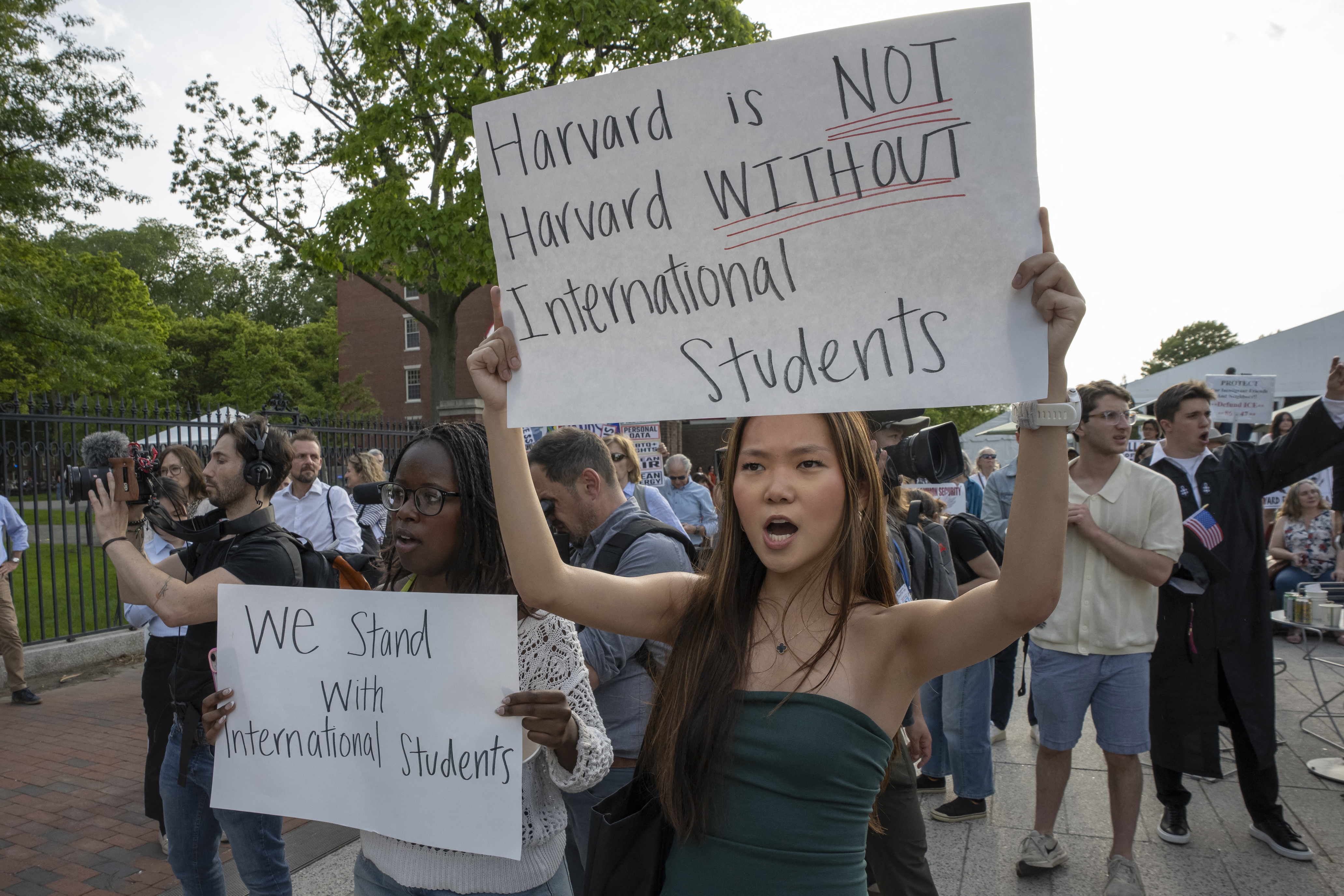Global education dynamics are undergoing a gradual transformation. In the 2025 World University Rankings recently published by the Center for World University Rankings (CWUR), China has overtaken the United States in the Global 2000 list. For the first time, the Chinese mainland accounted for 346 universities in the top 2000—up from 324 last year—while the U.S. presence dropped from 329 to 319 institutions.
The CWUR is one of the most authoritative and data-driven global rankings, on par with QS, THE, and ARWU. CWUR evaluates universities using seven key indicators across four categories: quality of education (based on alumni achievements), employability of graduates, faculty accolades, and research output—such as the number of papers, presence in top-tier journals, and citation impact. By these rigorous measures, nearly 98% of Chinese universities improved their standings over the past year.

Why is China rising so fast? A surge in research performance and government investment has contributed significantly. The China Scholarship Council (CSC), hosted by the government, along with initiatives like the Belt and Road Initiative, has significantly boosted international student inflows through fully funded scholarships. The Chinese mainland hosted nearly 500,000 international students by 2018—a figure that had doubled since 2009. The growth has slowed down post-pandemic, but a larger and more diverse academic community naturally fosters research collaboration and boosts international recognition.
Chinese universities have actively recruited top talent—including returnee scholars and foreign-educated academics—filling gaps in expertise and bringing global research networks. This has led to enhanced publication quality, more faculty awards, and wider citation reach—all directly tracked by CWUR.
But there’s another dramatic driver: the U.S. has introduced extremely strict visa restrictions on Chinese students. In late May 2025, U.S. Secretary of State Marco Rubio announced measures to “aggressively revoke” visas of Chinese nationals—especially those tied to the Communist Party of China (CPC) or studying in sensitive STEM fields—and to suspend new visa appointments. In June, President Donald J. Trump restricted foreign student visas at Harvard University.

These policies affect over 277,000 Chinese students currently in the U.S.—a drop from 370,000 in 2019—leaving many unable to start or continue their studies on time. As a result, many Chinese students are now opting to stay home or choose alternative global destinations, sending a wave of talent and tuition support back to Chinese campuses.
However, despite China’s strong overall gains, the top 20 global universities remain heavily dominated by Western institutions. Tsinghua now ranks 37th and Peking University 44th—impressive jumps, but still somewhat distant from the elite tier.
In a world once dominated by U.S. higher education, China is showing that smart investment, open scholarship culture, strategic hiring, and redirected student flows can shift the field. To truly challenge the global top, however, China will need more international collaboration and policy stability. Will its next move redefine what the global academic elite looks like? Time will tell.
Cover Image via China Admissions.















